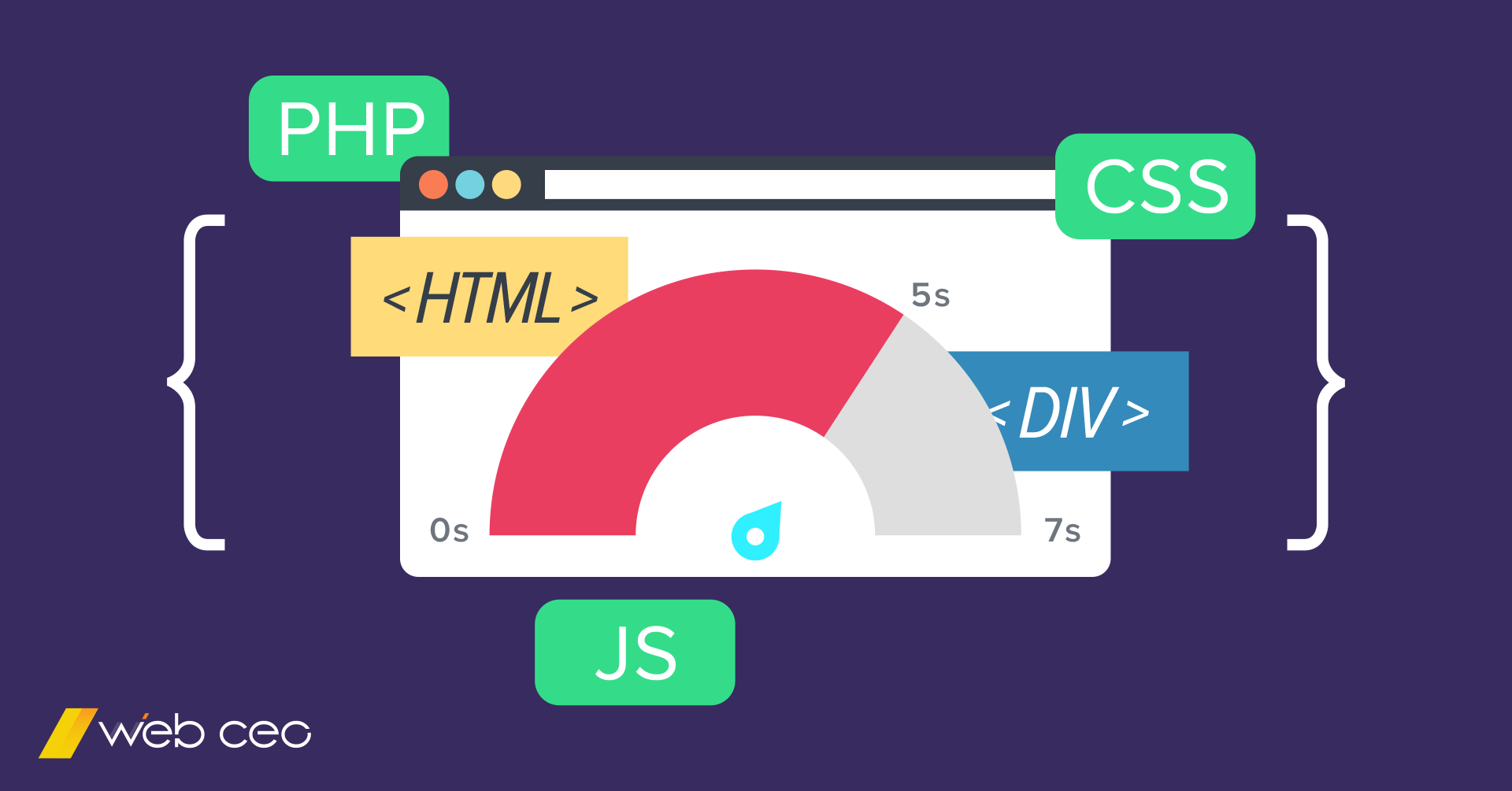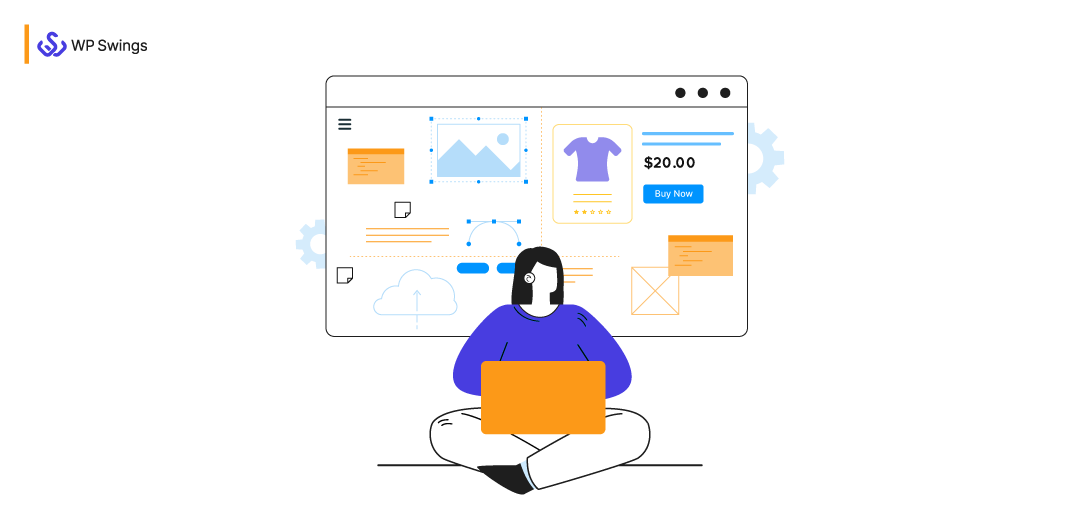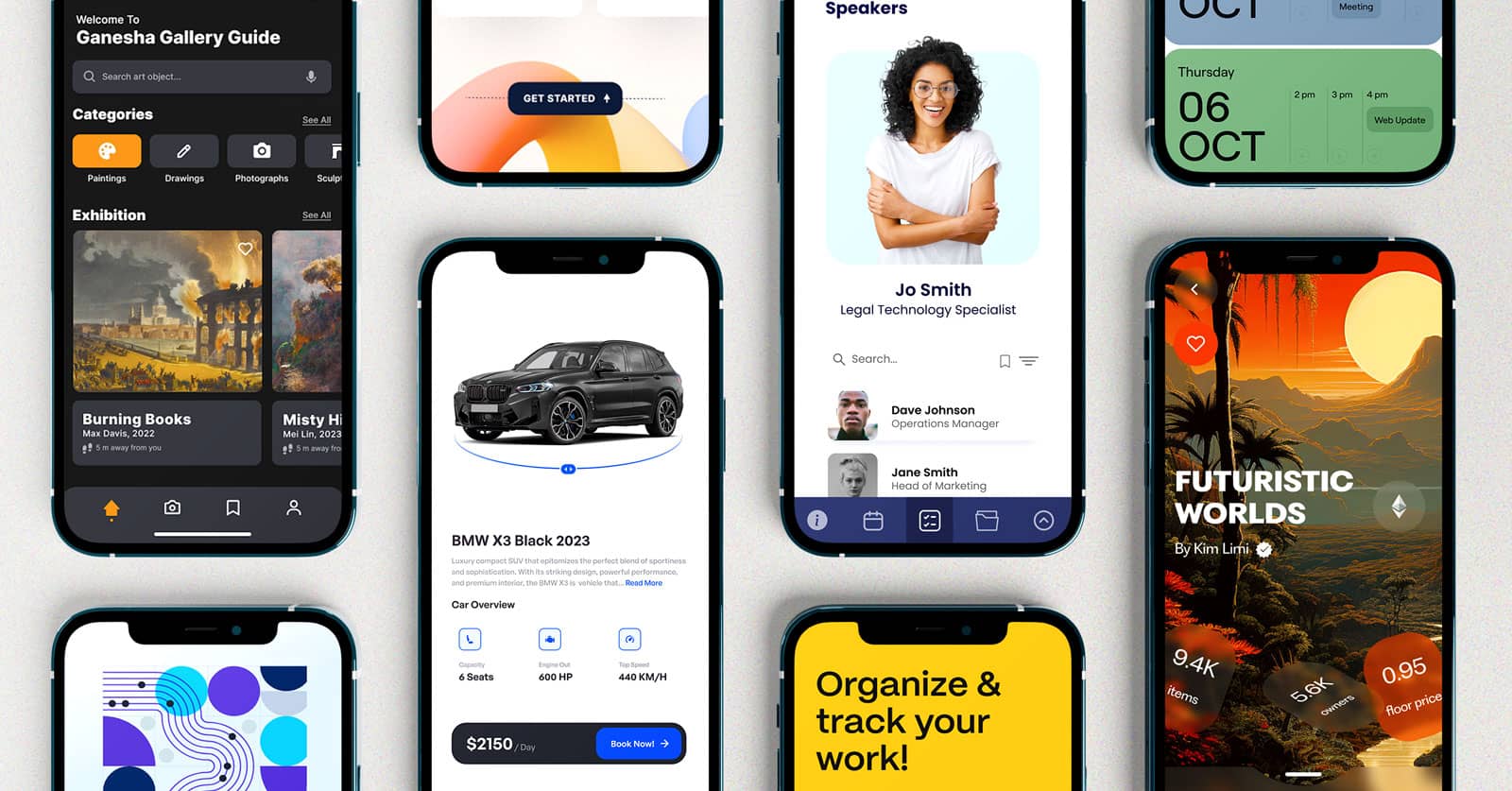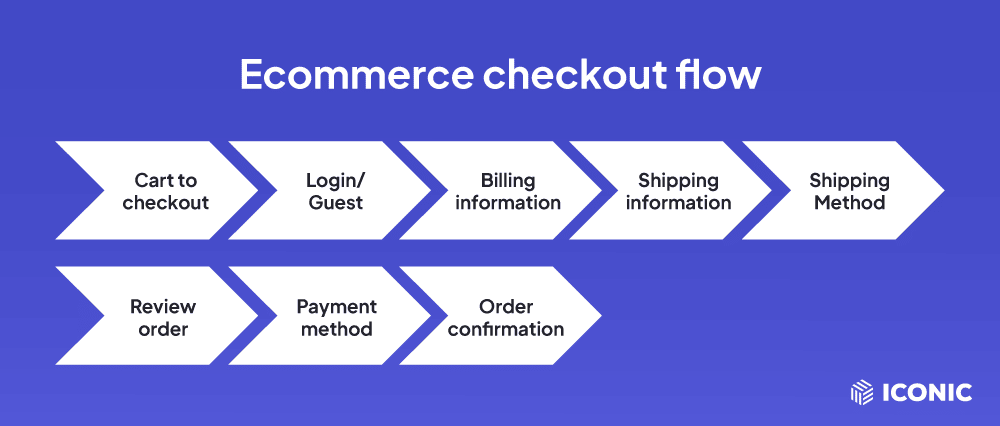In the highly competitive world of ecommerce, providing an exceptional user experience is more important than ever. A seamless, intuitive, and enjoyable shopping journey not only keeps visitors engaged but also significantly boosts conversion rates and sales. Whether your website is struggling with high bounce rates or low cart completions, making strategic user experience improvements can transform your online store into a powerful sales engine. In this blog post, we’ll explore 10 proven UX enhancements that can elevate your ecommerce website, delight your customers, and ultimately increase your revenue. From optimizing site navigation to speeding up load times, these actionable tips are designed to help you create a shopping experience that customers will love and return to again and again.
1. Streamline Site Navigation for Easy Browsing
One of the most effective ways to boost your ecommerce website sales is to streamline site navigation for easy browsing. When visitors arrive at your site, they should be able to find what they’re looking for quickly and effortlessly. A clear and intuitive navigation structure reduces frustration and keeps users engaged longer, increasing the likelihood of making a purchase. Start by organizing your products into well-defined categories and subcategories, ensuring that each section is easy to understand at a glance. Incorporate a prominent search bar with advanced filtering options to help customers narrow down their choices based on size, color, price, or other relevant attributes. Additionally, use descriptive labels and avoid cluttering your menus with too many options to prevent overwhelming your visitors. Implementing breadcrumb trails can also help users keep track of their browsing path and easily backtrack to previous pages. By prioritizing simplicity and clarity in your site navigation, you create a seamless shopping experience that encourages customers to explore more products and complete their purchases with confidence.
2. Optimize Website Speed and Performance
One of the most crucial factors that directly impact user experience on your ecommerce website is website speed and overall performance. Slow-loading pages can frustrate visitors, leading to higher bounce rates and lost sales opportunities. To optimize your website speed, start by minimizing the size of images without compromising quality—use formats like WebP and implement lazy loading to ensure images load only when they come into the user’s viewport. Additionally, leverage browser caching and utilize content delivery networks (CDNs) to reduce server response times and deliver content faster to users across different geographic locations. Streamlining your website’s code by minifying CSS, JavaScript, and HTML files also contributes significantly to faster load times. Finally, choose a reliable and scalable hosting solution that can handle your traffic efficiently. By prioritizing these speed and performance enhancements, you create a smoother, more responsive shopping experience that keeps customers engaged and encourages repeat visits, ultimately boosting your ecommerce sales.

3. Implement Clear and Compelling Call-to-Actions
One of the most effective ways to boost sales on your ecommerce website is by implementing clear and compelling call-to-actions (CTAs). CTAs guide your visitors towards taking the desired actions, whether it’s making a purchase, signing up for a newsletter, or exploring special offers. To maximize their impact, your CTAs should stand out visually with contrasting colors and bold fonts that catch the eye immediately. The language used should be concise, action-oriented, and persuasive—phrases like “Buy Now,” “Get 20% Off Today,” or “Shop the Collection” create a sense of urgency and encourage clicks. Additionally, placing CTAs strategically throughout your site—on product pages, shopping carts, and even pop-ups—helps keep users engaged and reduces friction in the buying process. Remember, a well-crafted CTA not only attracts attention but also builds trust by clearly communicating the next step, making it easier for customers to convert and boosting your overall ecommerce sales.
4. Enhance Mobile Responsiveness and Design
In today’s digital landscape, enhancing mobile responsiveness and design is crucial for boosting your ecommerce website sales. With more shoppers using smartphones and tablets to browse and purchase products, a seamless mobile experience can significantly impact your conversion rates. Start by ensuring your website layout automatically adjusts to different screen sizes, providing easy navigation and clear product displays regardless of the device. Optimize loading speeds on mobile by compressing images and minimizing unnecessary scripts, as slow pages can quickly drive potential customers away. Additionally, simplify the checkout process by reducing the number of steps and incorporating mobile-friendly payment options like digital wallets. A clean, intuitive design paired with responsive functionality not only improves user satisfaction but also builds trust, encouraging repeat visits and higher sales. Investing in a mobile-first approach is no longer optional—it’s a vital component of a successful ecommerce strategy.
5. Simplify the Checkout Process
One of the most effective ways to boost your ecommerce sales is to simplify the checkout process. A complicated or lengthy checkout can frustrate customers and lead to abandoned carts, directly impacting your revenue. To create a seamless experience, minimize the number of steps required to complete a purchase. Aim for a clean, intuitive design that guides customers effortlessly from their shopping cart to order confirmation. Offering guest checkout options eliminates the barrier of mandatory account creation, making it easier for first-time buyers to complete their purchase quickly. Additionally, ensure that your checkout page loads quickly and is optimized for mobile devices, as many shoppers use smartphones to make purchases. Clear, concise form fields and visible progress indicators can further enhance user confidence and reduce hesitation. By streamlining the checkout process, you not only improve user satisfaction but also significantly increase the likelihood of turning visitors into loyal customers.
6. Use High-Quality Images and Product Descriptions
One of the most effective ways to enhance your ecommerce website’s user experience—and ultimately boost sales—is by using high-quality images and detailed product descriptions. Clear, professional images allow customers to get a true sense of the product, helping them visualize how it looks, feels, and functions. Including multiple angles, zoom-in features, and lifestyle shots can provide a comprehensive view that builds trust and reduces uncertainty. Equally important are well-crafted product descriptions that go beyond basic specifications. Use engaging, informative language to highlight key features, benefits, and use cases, addressing common customer questions and concerns. Together, high-quality visuals and compelling descriptions create a seamless shopping experience, making it easier for visitors to make confident purchasing decisions and increasing the likelihood of conversions.
7. Build Trust with Customer Reviews and Social Proof
Building trust with your customers is essential for boosting sales on your ecommerce website, and one of the most effective ways to do this is by showcasing customer reviews and social proof. When potential buyers see genuine feedback from others who have purchased and enjoyed your products, it not only validates the quality of your offerings but also reduces hesitation and increases confidence in making a purchase. Incorporate prominently displayed reviews, testimonials, and star ratings on product pages to give visitors an honest glimpse of the user experience. Additionally, leveraging social proof such as customer photos, influencer endorsements, and real-time purchase notifications (“X just bought this!”) can create a sense of community and urgency. By transparently sharing authentic customer experiences, your ecommerce site will foster credibility and encourage more conversions, ultimately driving higher sales and long-term loyalty.
8. Personalize the Shopping Experience
One of the most effective ways to boost your ecommerce website sales is to personalize the shopping experience for each visitor. Personalization creates a sense of connection and relevance, making customers feel valued and understood. Start by leveraging data such as browsing history, purchase behavior, and demographic information to tailor product recommendations that align with individual preferences. For example, showcasing “Recommended for You” or “Customers Also Bought” sections can guide shoppers toward items they’re more likely to purchase. Additionally, consider incorporating personalized email campaigns that offer exclusive discounts or reminders based on users’ interests and past purchases. By creating a shopping journey that feels uniquely crafted for each user, you not only enhance their satisfaction but also increase the likelihood of repeat visits and higher conversion rates. Ultimately, personalization turns casual browsers into loyal customers, driving sustained growth for your ecommerce business.
If you found this article helpful, contact us for a FREE CRO Audit






